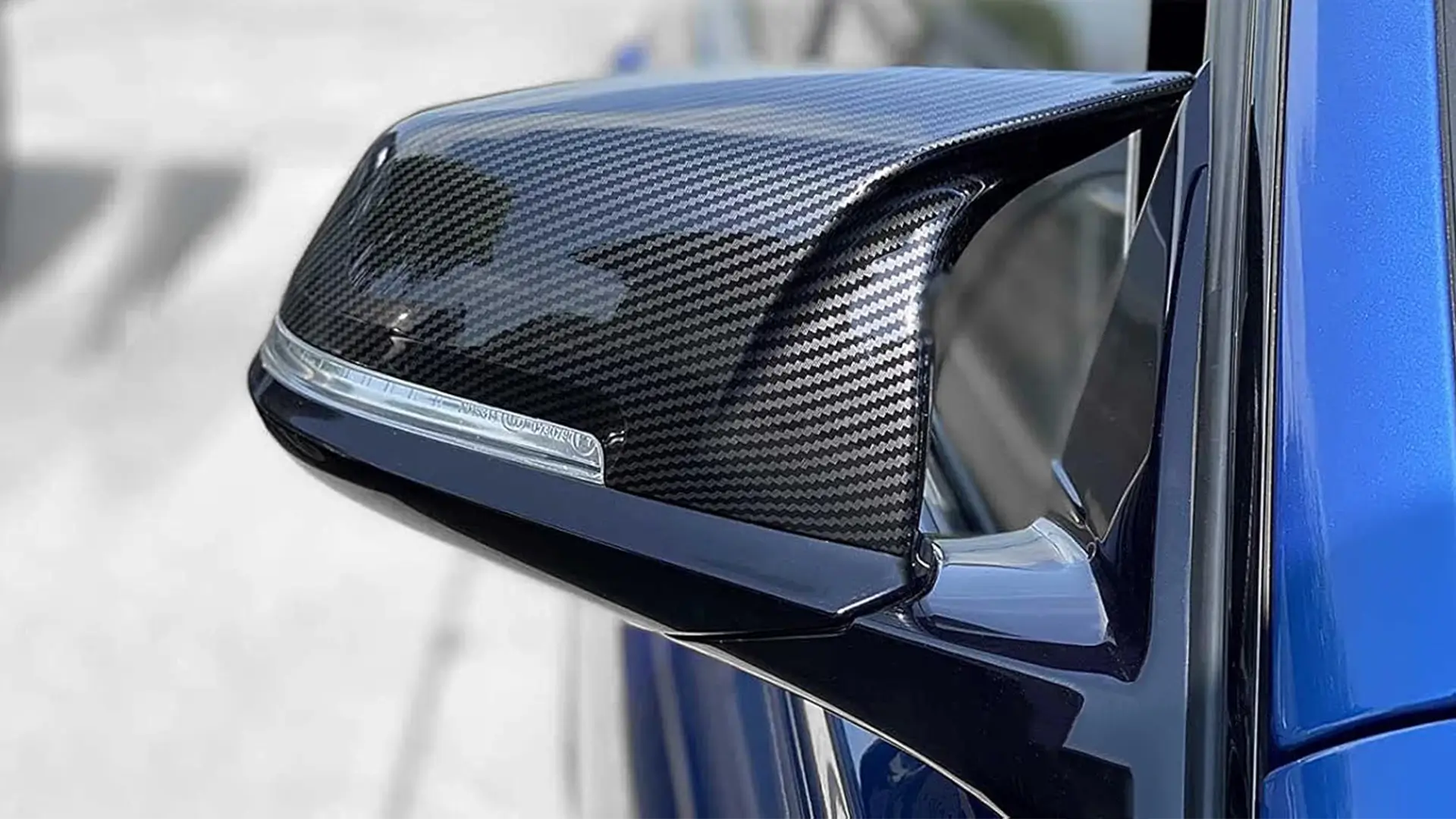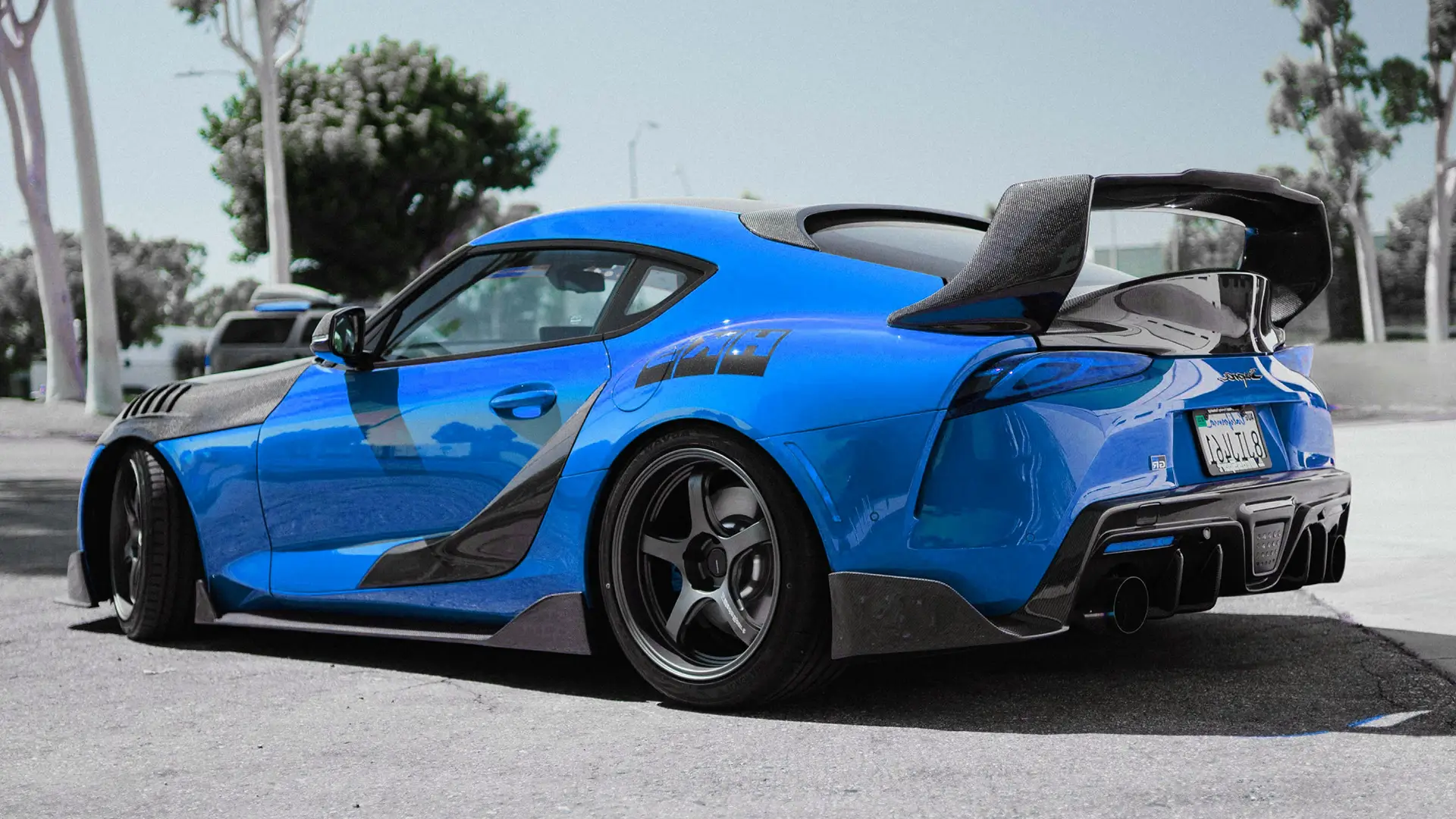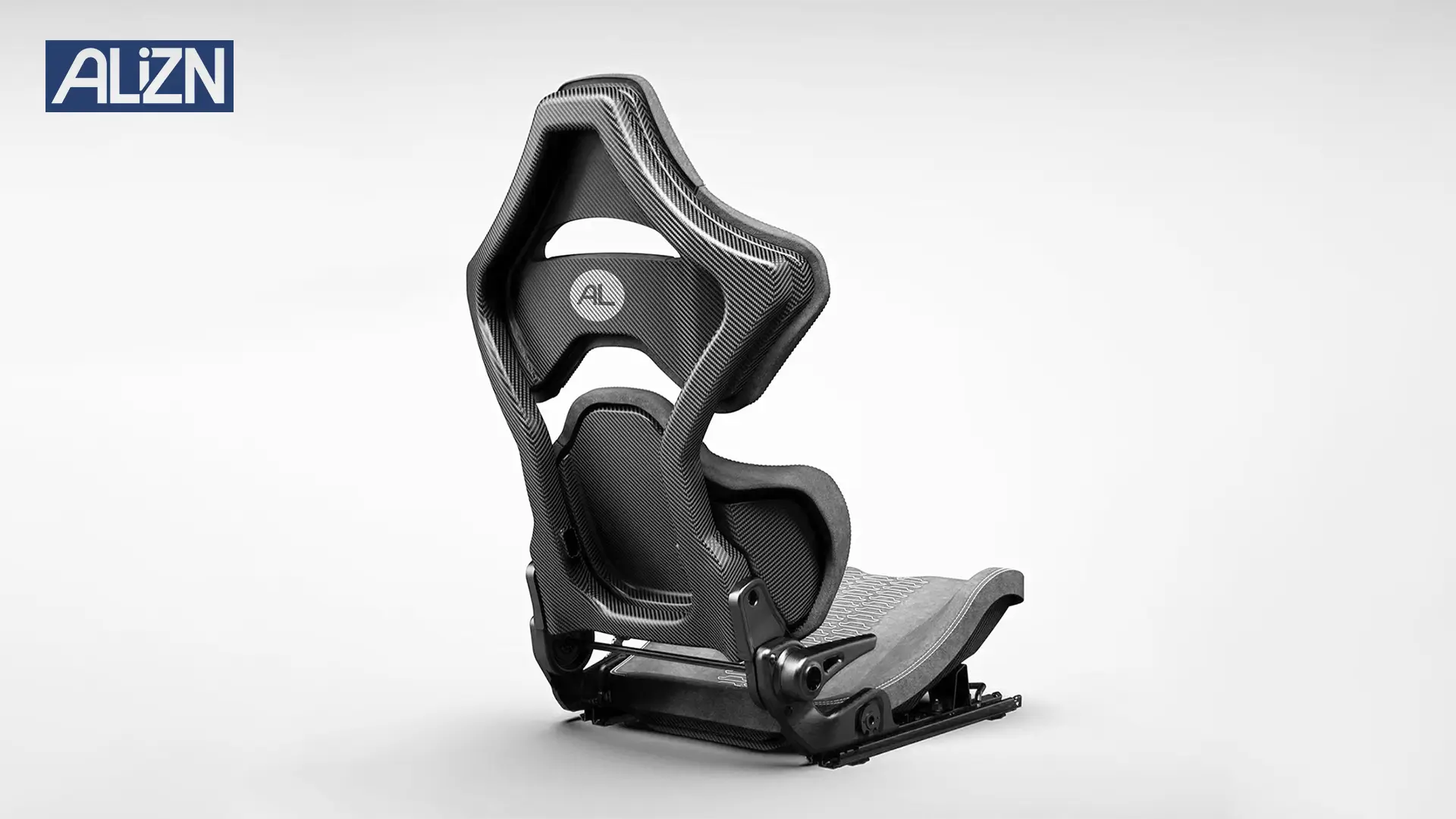The Importance of Carbon Fiber Bike Frames in Cycling
Carbon fiber bike frames are a cornerstone of modern bicycle design, offering unmatched strength-to-weight ratios that enhance speed, agility, and durability. For carbon fiber road bike frames, the focus is on aerodynamics and lightweight construction to maximize performance on smooth pavements. Conversely, carbon fiber mountain bike frames prioritize robustness and impact resistance to handle rugged terrains. Choosing the right manufacturing technique ensures that the carbon fiber bicycle frame meets the specific demands of its intended use, whether for competitive racing or off-road adventures.
Key Manufacturing Techniques for Carbon Fiber Bike Frames
Alizn employs a range of advanced production methods to craft carbon fiber bike frames, each suited to different performance criteria and production scales. Below, we analyze the most relevant techniques for producing carbon fiber bicycle frames, focusing on their suitability for road and mountain bike applications.
Hand Layup and Vacuum Bagging
The hand layup and vacuum bagging process is a traditional yet highly effective method for producing carbon fiber bike frames, particularly for custom or low-volume production. In this technique, skilled technicians manually layer carbon fiber fabric into a mold, impregnate it with resin, and place it in a vacuum bag to remove air and ensure even resin distribution. The result is a high-quality, customizable carbon fiber bike frame.
Benefits for Carbon Fiber Bicycle Frames
- Precision Customization: Hand layup allows for tailored fiber orientation, optimizing the frame’s strength and stiffness for specific carbon fiber road bike frame or carbon fiber mountain bike frame designs.
- Cost-Effective for Small Batches: This method is ideal for prototyping or producing limited runs, making it suitable for niche markets or custom orders.
- High-Quality Finish: Vacuum bagging ensures a smooth surface finish, enhancing the aesthetic appeal of carbon fiber bicycle frames.
Applications
Hand layup and vacuum bagging are best suited for carbon fiber road bike frames where custom geometries or unique designs are required. For carbon fiber mountain bike frames, this method allows manufacturers to reinforce specific areas, such as the bottom bracket, to withstand off-road stresses.
Limitations
- Labor-Intensive: The manual process increases production time and costs for large-scale manufacturing.
- Scalability Challenges: Less efficient for high-volume production compared to automated methods.
| Aspect | Hand Layup and Vacuum Bagging |
|---|---|
| Strength | High, with customizable fiber orientation |
| Weight | Lightweight, tailored to design needs |
| Production Volume | Low to medium |
| Cost | Higher for large-scale production |
| Best For | Custom carbon fiber road bike frames, prototype carbon fiber mountain bike frames |
Resin Transfer Molding (RTM)
Resin Transfer Molding (RTM) is a semi-automated process that involves placing dry carbon fiber fabric into a closed mold, then injecting resin under pressure to create a carbon fiber bike frame. This method ensures consistent quality and is suitable for medium-volume production.
Benefits for Carbon Fiber Bicycle Frames
- Consistency: RTM produces uniform carbon fiber bicycle frames with minimal voids, ensuring reliable performance.
- Efficiency: Faster than hand layup, making it suitable for medium-scale production of carbon fiber road bike frames.
- Complex Geometries: The closed mold allows for intricate frame designs, ideal for aerodynamic designs.
Applications
RTM is well-suited for carbon fiber road bike frames where consistent quality and aerodynamic shapes are critical. For carbon fiber mountain bike frames, RTM can produce durable frames with precise reinforcement in high-stress areas like the head tube.
Limitations
- Higher Initial Costs: Requires expensive molds, increasing upfront investment.
- Limited Customization: Less flexible for bespoke designs compared to hand layup.
| Aspect | Resin Transfer Molding (RTM) |
|---|---|
| Strength | High, with consistent resin distribution |
| Weight | Lightweight, optimized for aerodynamics |
| Production Volume | Medium |
| Cost | Moderate, with high mold costs |
| Best For | Aerodynamic carbon fiber road bike frames, durable carbon fiber mountain bike frames |
Autoclave Molding
Autoclave molding is a premium manufacturing technique where carbon fiber bike frames are cured under high pressure and temperature in an autoclave. This method produces exceptionally strong and lightweight frames, making it a top choice for high-performance applications.
Benefits for Carbon Fiber Bicycle Frames
- Superior Strength-to-Weight Ratio: Autoclave curing minimizes voids, creating robust and lightweight carbon fiber bike frames.
- Premium Quality: Ideal for high-end carbon fiber road bike frames used in professional racing.
- Durability: Enhances the longevity of carbon fiber mountain bike frames under extreme conditions.
Applications
Autoclave molding is perfect for carbon fiber road bike frames where minimal weight and maximum stiffness are essential for competitive performance. For carbon fiber mountain bike frames, this method ensures exceptional durability for aggressive off-road riding.
Limitations
- High Cost: Expensive equipment and energy-intensive processes increase production costs.
- Time-Consuming: Longer curing times limit scalability for mass production.
| Aspect | Autoclave Molding |
|---|---|
| Strength | Exceptional, with minimal voids |
| Weight | Ultra-lightweight |
| Production Volume | Low to medium |
| Cost | High |
| Best For | High-end carbon fiber road bike frames, durable carbon fiber mountain bike frames |
Filament Winding
Filament winding involves wrapping continuous carbon fiber filaments around a rotating mandrel to form a carbon fiber bike frame. This technique is highly automated and suited for producing tubular components like frame tubes.
Benefits for Carbon Fiber Bicycle Frames
- High Strength: Continuous fibers enhance the structural integrity of carbon fiber bike frames.
- Automation: Reduces labor costs and increases production efficiency.
- Consistency: Produces uniform frame tubes for carbon fiber bicycle frames.
Applications
Filament winding is ideal for creating the tubular sections of carbon fiber road bike frames, where consistent strength and lightweight properties are crucial. It is less common for carbon fiber mountain bike frames due to the need for more complex geometries.
Limitations
- Limited to Tubular Shapes: Less suitable for complex frame designs.
- Equipment Costs: Requires specialized machinery, increasing initial investment.
| Aspect | Filament Winding |
|---|---|
| Strength | High for tubular components |
| Weight | Lightweight |
| Production Volume | Medium to high |
| Cost | Moderate to high |
| Best For | Tubular sections of carbon fiber road bike frames |
Sheet and Bulk Molding Compound (BMC)
The Sheet and Bulk Molding Compound (BMC) process involves using pre-impregnated carbon fiber sheets or compounds that are molded under pressure and heat to form a carbon fiber bike frame. This method is efficient for producing complex shapes in larger volumes.
Benefits for Carbon Fiber Bicycle Frames
- Versatility: Suitable for complex frame geometries, enhancing design flexibility for carbon fiber bike frames.
- Scalability: Efficient for medium to high-volume production.
- Cost-Effective: Reduces labor costs compared to hand layup.
Applications
BMC is effective for producing carbon fiber mountain bike frames with intricate shapes, such as reinforced chainstays. It is also suitable for carbon fiber road bike frames requiring complex aerodynamic profiles.
Limitations
- Moderate Strength: May not match the strength-to-weight ratio of autoclave-molded frames.
- Surface Finish: May require additional finishing for aesthetic perfection.
| Aspect | Sheet and Bulk Molding Compound |
|---|---|
| Strength | Moderate to high |
| Weight | Lightweight, but slightly heavier than autoclave |
| Production Volume | Medium to high |
| Cost | Moderate |
| Best For | Complex carbon fiber mountain bike frames, aerodynamic carbon fiber road bike frames |
Choosing the Right Technique for Your Carbon Fiber Bike Frame
Selecting the appropriate manufacturing technique for a carbon fiber bike frame depends on several factors, including the intended use, production volume, budget, and design complexity. Below, we summarize the best techniques for different applications:
| Manufacturing Technique | Strength | Weight | Production Volume | Cost | Best For |
|---|---|---|---|---|---|
| Hand Layup and Vacuum Bagging | High, with customizable fiber orientation | Lightweight, tailored to design needs | Low to medium | Higher for large-scale production | Custom carbon fiber road bike frames, prototype carbon fiber mountain bike frames |
| Resin Transfer Molding (RTM) | High, with consistent resin distribution | Lightweight, optimized for aerodynamics | Medium | Moderate, with high mold costs | Aerodynamic carbon fiber road bike frames, durable carbon fiber mountain bike frames |
| Autoclave Molding | Exceptional, with minimal voids | Ultra-lightweight | Low to medium | High | High-end carbon fiber road bike frames, durable carbon fiber mountain bike frames |
| Filament Winding | High for tubular components | Lightweight | Medium to high | Moderate to high | Tubular sections of carbon fiber road bike frames |
| Sheet and Bulk Molding Compound (BMC) | Moderate to high | Lightweight, but slightly heavier than autoclave | Medium to high | Moderate | Complex carbon fiber mountain bike frames, aerodynamic carbon fiber road bike frames |
Why Partner with Alizn for Carbon Fiber Bike Frames?
At Alizn, we understand the unique demands of producing carbon fiber bike frames for B2B clients. Our expertise spans all major manufacturing techniques, allowing us to tailor solutions to your specific needs, whether for carbon fiber road bike frames or carbon fiber mountain bike frames. We prioritize quality, precision, and performance, ensuring that every carbon fiber bicycle frame meets the highest industry standards.
Our Commitment to Clients
- Tailored Solutions: We work closely with clients to select the best manufacturing technique for their carbon fiber bike frame requirements.
- Advanced Technology: Our state-of-the-art facilities support a range of production methods, from hand layup to 3D printing.
- Quality Assurance: Rigorous testing ensures that every carbon fiber bicycle frame delivers optimal performance and durability.
Conclusion
Producing a carbon fiber bike frame involves balancing performance, cost, and production scale. By understanding the strengths and limitations of each manufacturing technique—hand layup and vacuum bagging, RTM, autoclave molding, filament winding, BMC, —clients can make informed decisions that align with their goals. Whether you need lightweight carbon fiber road bike frames for competitive racing or robust carbon fiber mountain bike frames for rugged terrains, Alizn is your trusted partner in delivering high-quality carbon fiber bicycle frames.
Final Thoughts
As composite material experts, we are willing to provide you with critical assistance. The correct judgment now avoids cost overruns, delays, and disappointing results later.
Need advice on your custom carbon fiber part? Reach out to our team for expert guidance.




